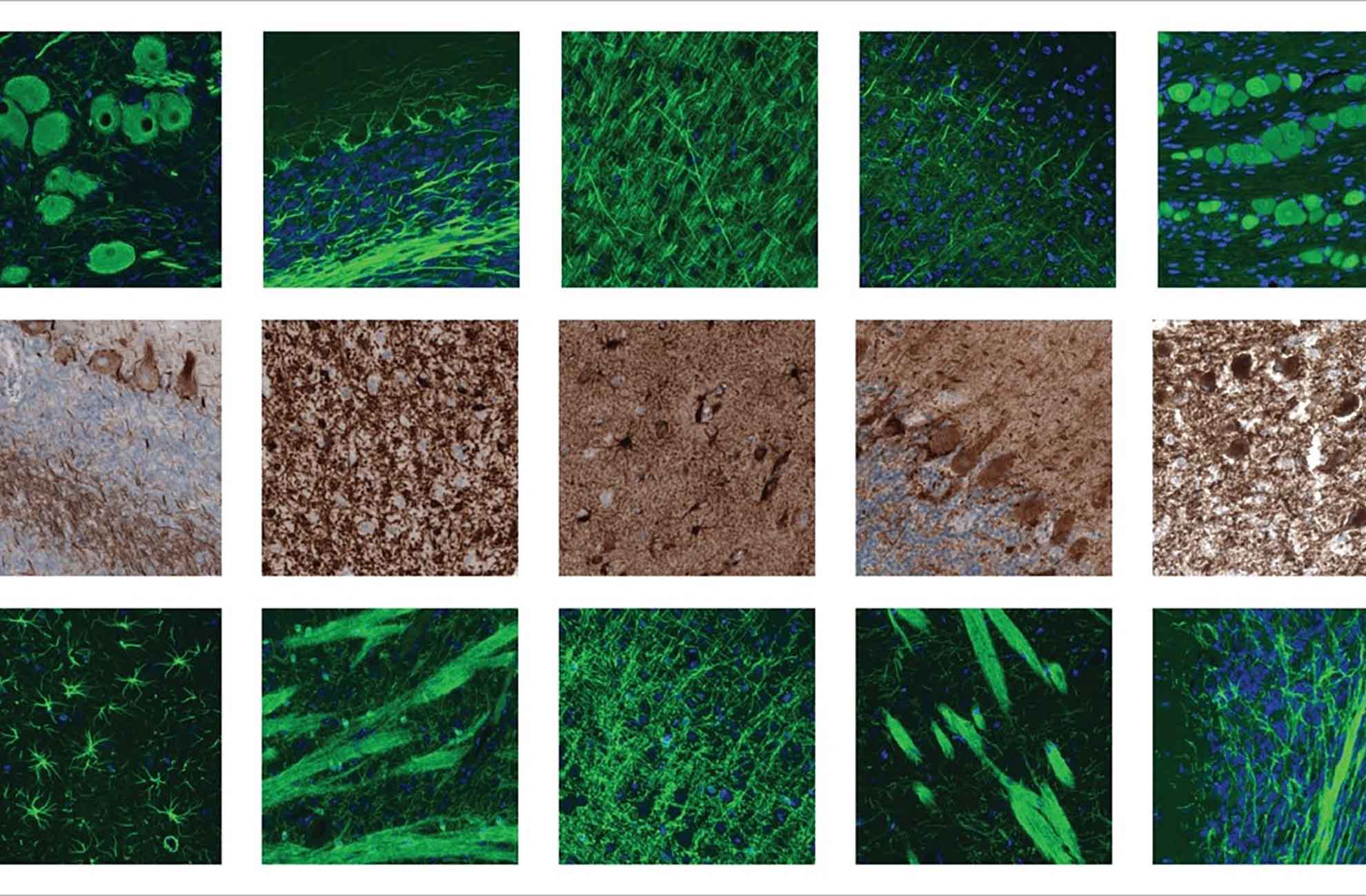15 July 2025
TREM2 in Myeloid Cell Disease: Insights for Brain & Cancer
Bio X Cell’s InVivoMAb anti-mouse TREM2 antibody advances research on myeloid cells, neurodegeneration, and cancer. Learn how this tool supports studies in neurological disorders and oncology.
Exploring the Role of TREM2 in Neurological Disorders and Cancer
Myeloid cells—including monocytes, macrophages, and neutrophils—are essential for regulating immune responses and play a key role in disease progression and therapy. These cells, originating from hematopoietic stem cells in the bone marrow, rely on complex receptor-based signaling pathways. Pattern recognition receptors alert myeloid cells to tissue damage or pathogens, while cytokine and chemokine receptors control their activation and deactivation. This intricate signaling network enables myeloid cells to adapt to specific conditions [1,2].
Among these receptors, the Triggering Receptors Expressed on Myeloid cells (TREMs) family is crucial. Found on granulocytes, monocytes, macrophages, dendritic cells, and other myeloid cells, TREMs set the threshold and duration of myeloid cell responses—both activating and attenuating immune activity. As such, TREMs are implicated in a range of diseases and conditions [1].
TREM2 Signaling in the Brain
TREM2 is expressed by tissue macrophages throughout the body, including microglia in the central nervous system, osteoclasts in bone, and macrophages in the liver, adipose tissue, skin, gut, and tumor microenvironment. TREM2 binds to lipids such as phospholipids and lipoproteins, allowing it to detect apoptotic cells, which expose phospholipids during cell death. It also binds proteins prone to aggregation, like β-amyloid (Aβ). TREM2 has been linked to neurological conditions such as Alzheimer’s disease (AD). Research shows that decreased TREM2 function accelerates AD progression, while overexpression of TREM2 protects against Aβ plaque pathology [3].
TREM2 as a Target for Cancer Therapeutics
Myeloid cells, especially macrophages, are critical in controlling tumor formation, growth, and metastasis. The TREM2 receptor pathway is associated with microglial and macrophage activation in cancer. Interestingly, while increased TREM2 activity is beneficial in neurological disorders, it can be detrimental in cancer. TREM2 knockout mice show greater resistance to tumor growth and improved responses to anti-PD-1 checkpoint inhibitor therapies. Blocking or deleting TREM2 on macrophages promotes immunoactivation, expanding immunostimulatory myeloid subsets and enhancing anti-tumor T cell responses [4]. Recent studies also show that loss of microglial TREM2 increases immunoactivation and tumoricidal capacity against glioblastoma [5]. With TREM2 expression found in tumor macrophages in over 200 human cancer cases, this pathway is a promising target for new cancer therapies [4].
Tools for Studying TREM2
As TREM2-based therapies for neurodegeneration and cancer advance, researchers must consider differences between murine and human TREM2 receptors [1]. As TREM2 becomes a key therapeutic target, new methods for detecting and modifying this pathway are needed. The full range of TREM2 ligands and their affinities is still being explored.
Distinguishing TREM2 from other TREM family members is crucial for understanding its specific functions. Bio X Cell offers high-purity monoclonal antibodies for this purpose. The InVivoMAb anti-mouse TREM2 monoclonal antibody can selectively detect TREM2 protein at low concentrations. These antibodies are optimized for in vivo use, featuring ultra-low endotoxin levels and no preservatives, stabilizers, or carrier proteins, ensuring consistent results in pre-clinical studies. The anti-mouse TREM-2 antibody from Bio X Cell is especially valuable for Alzheimer’s research, as it does not cross-react with TREM1 and can be used to effectively block TREM2 signaling in in vivo murine models. This antibody is useful for investigating TREM2’s role in microglial function, amyloid plaque clearance, and neuroinflammation in Alzheimer’s disease.
The Future of TREM2 Research
Many questions remain about TREM2 and other TREM receptors, especially regarding their impact on tau pathology and their potential as therapeutic targets in neurodegenerative diseases. Continued research, supported by advanced tools and reagents, is essential for unlocking these answers.
References:
- Colonna, M. The biology of TREM receptors. Nat Rev Immunol. 2023;23,580-594.
- Greene JT, et al. Regulation of myeloid-cell activation. Curr Opin Immunol. 2021;73:34-42.
- Lee CYD, et al. Elevated TREM2 gene dosage reprograms microglia responsivity and ameliorates pathological phenotypes in Alzheimer’s disease models. Neuron. 2018;97(5):1032-1048.e5.
- Molgora M, et al. TREM2 modulation remodels the tumor myeloid landscape enhancing anti-PD-1 immunotherapy. Cell. 2020;182(4):886-900.e17.
- Sun R, et al. TREM2 inhibition triggers antitumor cell activity of myeloid cells in glioblastoma. Sci Adv. 2023;9(19):eade3559.
Bio-Connect is proud to support cutting-edge immunology and neuroscience research by providing access to the latest high-quality reagents and expertise. For more information about TREM2 antibodies and research solutions, contact your account manager today.

 Find products for your research
Find products for your research



